The UK is poised to transform how we power our homes – with the government proposing a major update to building regulations that puts solar panels on the rooftops of nearly every new house.
Under the revised Future Homes Standard, due to take effect in 2027, newly built homes in England will be required to come equipped with rooftop solar panels by default – unless the site is significantly shaded. In practical terms, that means families moving into new homes could be generating clean, renewable electricity from day one.
No retrofitting. No waiting. No disruption. Just smart, sustainable living-built in.
It’s a bold policy shift that reflects something we’ve long believed at Glo: renewable energy isn’t a luxury or an afterthought. It’s the foundation of a modern, affordable, and resilient home.
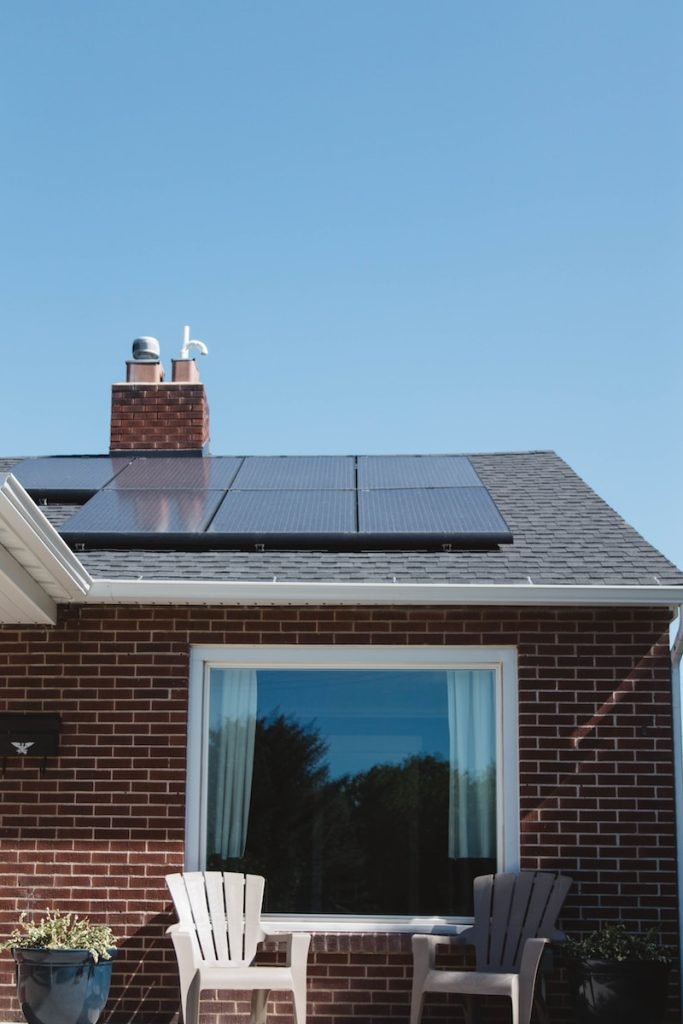
Why now? A national shift towards smarter homes with solar panels
Homes in the UK are responsible for around 20% of our national carbon emissions – and they’ve also been hit hard by volatile energy prices in recent years. For policymakers, reducing household emissions and boosting energy independence isn’t just good climate policy – it’s essential for long-term affordability and national security.
By requiring solar on most new builds, the government aims to:
- Help households cut energy bills by up to £530 per year
- Reduce strain on the National Grid, especially during peak times
- Set a new, higher baseline for what “energy efficient” truly means
In short, the policy makes net zero more personal – embedding climate action into the everyday lives of homeowners without putting the burden on them to figure it out.
At Glo, we think that’s exactly where clean energy belongs: upfront, accessible, and automatic.
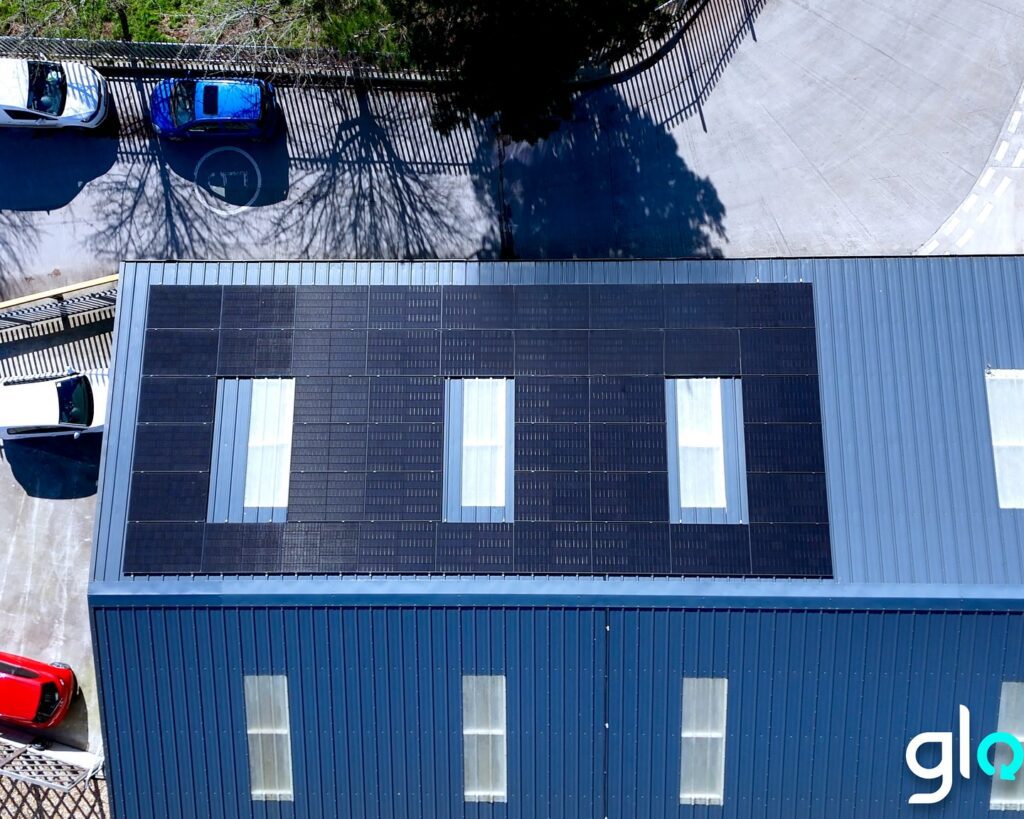
What’s actually changing?
If implemented as proposed, the new rules will reshape the design and infrastructure of every new home in England.
Here’s what’s coming:
- Rooftop solar will be required for most new homes
- A minimum of 40% roof coverage is expected unless a property is heavily shaded
- Gas boilers will be phased out and replaced by systems like air-source heat pumps
- Homes will be built with high insulation standards and improved ventilation
The aim? To ensure all new properties are “zero-carbon ready” – so they don’t need to be retrofitted later on to meet future carbon targets.
This shift is about more than panels and pumps. It’s a redefinition of what a modern home is – and what it can offer its occupants.
What solar panels on new homes it means for homeowners
For buyers stepping into the new-build market, this is a real upgrade.
Your new home won’t just be a place to live – it will be a micro power station. With integrated solar panels, you’ll be able to generate your own electricity, cut your bills, and reduce your exposure to energy price fluctuations.
Government figures estimate average annual savings of £400–£530, depending on system size, household consumption, and weather conditions.
But what about return on investment?
While some estimates suggest solar could “pay for itself” within 3 – 4 years, most independent analysis places the realistic payback window closer to 10–20 years. That timeline shortens if electricity prices rise – and especially if battery storage is added to capture surplus energy.
Already own a home? You’re not affected by the rule – but this new standard sends a clear message: homes with built-in energy solutions will soon be the norm. Now could be the ideal time to explore adding solar to your own property, either to lower running costs or increase resale value.
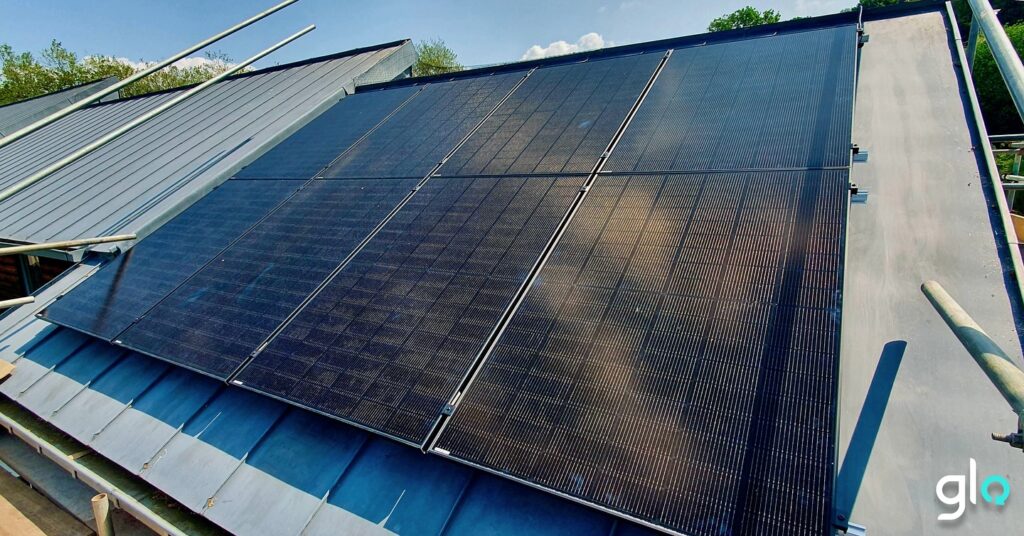
What it means for developers
If you’re a housebuilder or property developer, this proposal introduces both a challenge and an opportunity.
Yes, it will require you to rethink design specs, adjust budgets, and build stronger supplier relationships. Estimated additional costs sit at around £3,000–£4,000 per home, depending on scale and system requirements.
But those costs are likely to be offset by increased buyer appeal, stronger environmental credentials, and growing demand for sustainable living. A home that’s cheaper to run is often easier to sell.
At Glo, we’re already working with developers to ensure solar is seamlessly integrated at the planning stage – not just added as an afterthought. From design consultations to installer coordination, we help make the process efficient, compliant, and future-ready.
If you’re already ahead of the curve? This policy simply reinforces the value of what you’re doing.
What’s next?
The government is currently holding a consultation, with final regulations expected in Autumn 2025 and full rollout in 2027. That might seem far off – but in development cycles, it’s just around the corner.
Key milestones:
- 2024–2025: Consultation and industry feedback
- 2025 (Autumn): Final standard published
- 2027: New rules come into force
This gives homeowners and developers time to plan – but not forever. With the direction clearly set, early movers will benefit most.
Glo’s View: from vision to everyday reality
We’ve always said every roof has potential. Now, it seems government policy is catching up with that idea.
Solar panels won’t take you entirely off-grid – but it will reduce your reliance, cut your emissions, and futureproof your home against an uncertain energy landscape.
For developers, it’s a moment to lead, not lag. For homeowners, it’s a reminder that clean energy isn’t a “later” decision anymore. It’s here. And it’s only going to grow.
Whether you’re planning a development, buying your first home, or thinking about retrofitting your current one – Glo is here to help you make the move to solar simply and confidently.
Sunlight’s free. Let’s use it.
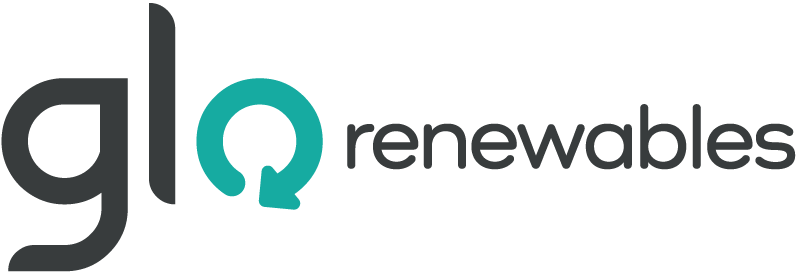
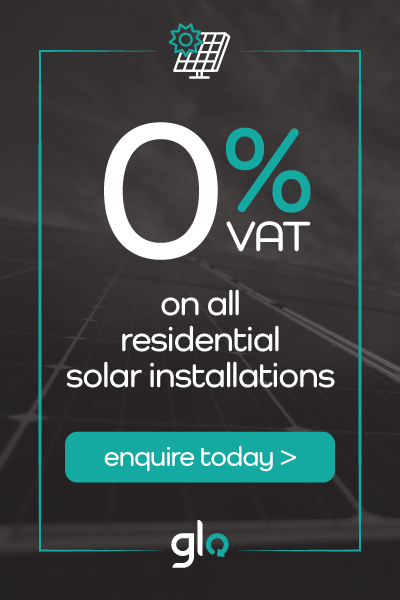

![Why Solar Panels for Farms In Devon Are Better Than Traditional Energy [2025 Guide]](https://glo-renewables.co.uk/storage/2025/08/Why-Solar-Panels-for-Farms-In-Devon-Are-Better-Than-Traditional-Energy-2025-Guide.jpg)


